Home>Furniture & Design>Interior Design Trends>How To Lube A Sliding Glass Door
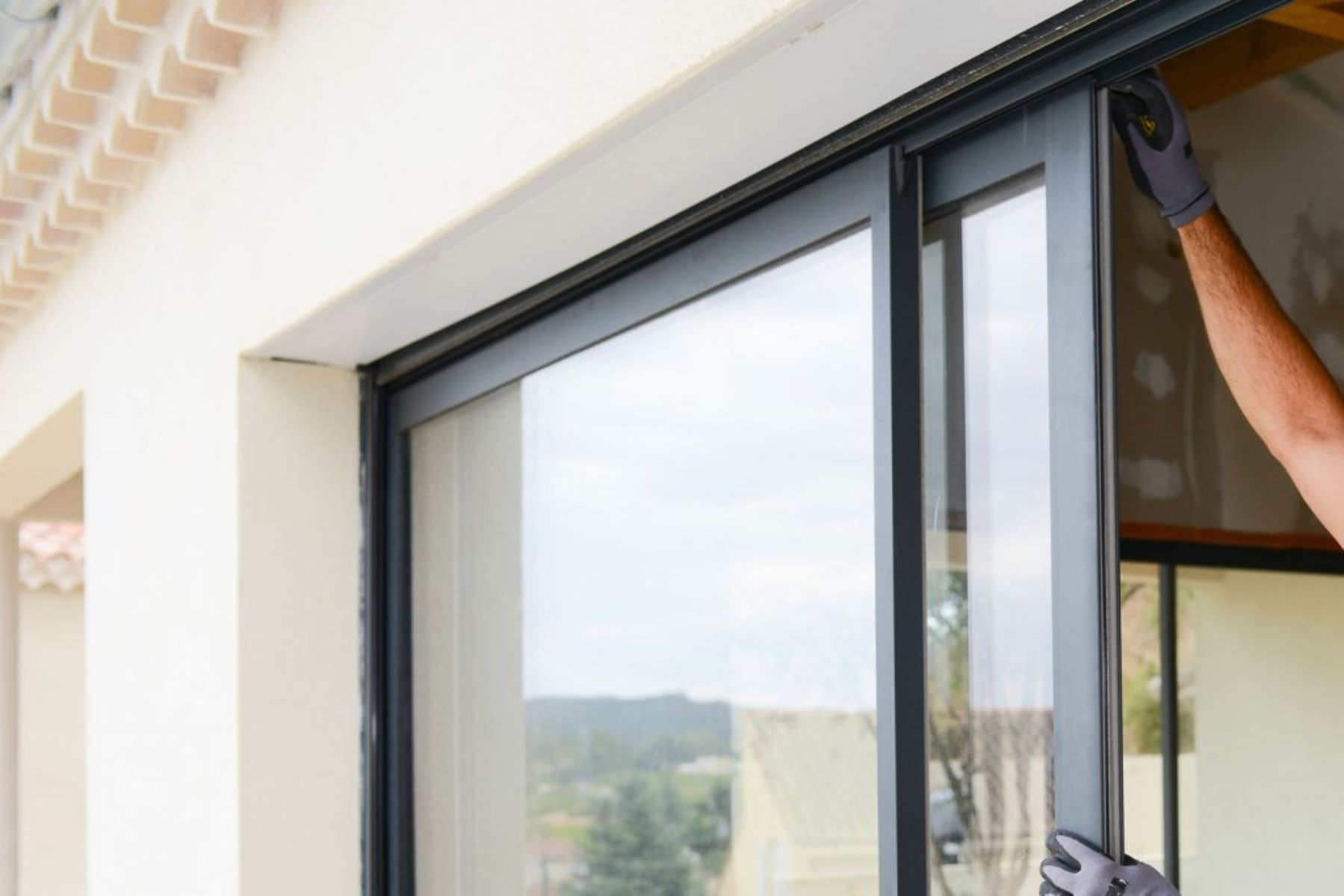

Interior Design Trends
How To Lube A Sliding Glass Door
Published: February 7, 2024
Learn how to properly lubricate a sliding glass door to keep up with the latest interior design trends. Keep your doors sliding smoothly with our expert tips.
(Many of the links in this article redirect to a specific reviewed product. Your purchase of these products through affiliate links helps to generate commission for Storables.com, at no extra cost. Learn more)
Introduction
Lubricating a sliding glass door is a crucial maintenance task that often gets overlooked. Over time, dirt, dust, and debris can accumulate in the door tracks, causing the door to stick and become difficult to open and close. This not only hampers the functionality of the door but also poses safety hazards and compromises energy efficiency. By regularly lubricating the sliding glass door, you can ensure smooth operation, extend the lifespan of the door components, and prevent costly repairs.
In this comprehensive guide, we will walk you through the step-by-step process of lubricating a sliding glass door. Whether you are a seasoned DIY enthusiast or a novice homeowner, this guide will equip you with the knowledge and skills to tackle this essential maintenance task with confidence. From understanding the importance of lubrication to gathering the necessary tools and executing the lubrication process, we've got you covered.
So, grab your toolkit and let's dive into the world of sliding glass door maintenance. With a little bit of elbow grease and the right techniques, you can keep your sliding glass door gliding effortlessly for years to come.
Key Takeaways:
- Regularly lubricating a sliding glass door ensures smooth operation, extends its lifespan, and prevents costly repairs. It also maintains energy efficiency and enhances the aesthetic appeal of your home.
- By following a simple maintenance process, homeowners can rejuvenate their sliding glass doors, ensuring seamless, silent operation and preserving their long-term functionality and durability.
Read more: How To Lube A Garage Door
Why Lubricating a Sliding Glass Door is Important
Lubricating a sliding glass door is a vital aspect of home maintenance that directly impacts its functionality and longevity. Over time, the door's tracks and rollers can accumulate dirt, dust, and grime, leading to friction and hindering smooth operation. Without proper lubrication, the door may become difficult to open and close, posing inconvenience and potential safety risks. Additionally, a lack of lubrication can accelerate wear and tear on the door components, potentially resulting in costly repairs or premature replacement.
By regularly lubricating the sliding glass door, you can mitigate these issues and enjoy a myriad of benefits. Firstly, lubrication reduces friction between the door and its tracks, allowing for effortless operation. This not only enhances convenience but also minimizes the strain on the door's mechanical components, promoting longevity and reliability. Smoothly gliding doors also contribute to a comfortable living environment, as they facilitate easy access to outdoor spaces and optimize natural light flow into the interior.
Furthermore, proper lubrication helps maintain energy efficiency within the home. A well-lubricated sliding glass door forms a tight seal, preventing air leaks and minimizing heat transfer. This is particularly crucial during extreme weather conditions, as it ensures that the indoor climate remains comfortable while reducing energy consumption. By preserving the door's efficiency, lubrication also contributes to lower utility bills and environmental sustainability.
In addition to functional and practical benefits, regular lubrication enhances the aesthetic appeal of the sliding glass door. Smooth, silent operation without jerky movements or squeaks elevates the overall ambiance of the living space. It also reflects positively on the homeowner's attention to detail and commitment to maintaining a well-kept home.
Overall, the importance of lubricating a sliding glass door cannot be overstated. It is a simple yet impactful maintenance task that safeguards the door's performance, durability, energy efficiency, and visual appeal. By incorporating regular lubrication into your home maintenance routine, you can ensure that your sliding glass door remains a seamless and stylish feature of your living space for years to come.
Tools and Materials Needed
When it comes to lubricating a sliding glass door, having the right tools and materials at your disposal is essential for a successful maintenance endeavor. Here's a comprehensive list of items you'll need to gather before you embark on the lubrication process:
Tools:
- Vacuum Cleaner: A vacuum cleaner with a narrow attachment is indispensable for removing dirt, debris, and loose particles from the door tracks. This ensures a clean surface for the lubricant to adhere to.
- Soft Bristle Brush: A soft-bristled brush or an old toothbrush can be used to dislodge stubborn dirt and grime from the tracks and rollers without causing damage.
- Rag or Cloth: Keep a clean rag or cloth handy to wipe down the tracks and rollers after cleaning and before applying the lubricant.
- Screwdriver: Depending on the type of sliding glass door, you may need a screwdriver to access and remove the door panels for thorough cleaning and lubrication.
- Lubricant Applicator: A small, narrow applicator such as a needle-tip bottle or a precision oiler is ideal for applying lubricant precisely to the door tracks and rollers.
Materials:
- Lubricant: Selecting the right lubricant is crucial for ensuring optimal performance and longevity of the sliding glass door. Look for a silicone-based or Teflon-based lubricant specifically formulated for door and window applications. Avoid using greasy oils or petroleum-based products, as they can attract dirt and cause buildup over time.
- Degreaser or Mild Detergent: A gentle degreaser or mild detergent, along with water, can be used to clean the tracks and rollers thoroughly before applying the lubricant.
- Optional: Replacement Rollers: If the door rollers show signs of significant wear or damage, it may be prudent to have replacement rollers on hand. This allows for immediate replacement during the lubrication process, ensuring smooth and uninterrupted operation of the door.
By ensuring that you have these tools and materials readily available, you can streamline the lubrication process and address any unforeseen issues that may arise during maintenance. With the right equipment at your disposal, you'll be well-prepared to rejuvenate your sliding glass door and restore its smooth, effortless functionality.
Step 1: Clean the Tracks
Properly cleaning the tracks of a sliding glass door is a crucial first step in the lubrication process. Over time, dirt, dust, and debris can accumulate in the tracks, impeding the smooth movement of the door and potentially causing damage to the rollers. By thoroughly cleaning the tracks, you can ensure that the lubricant will adhere effectively and that the door will operate seamlessly.
To begin, use a vacuum cleaner with a narrow attachment to remove loose particles, dirt, and debris from the tracks. Pay close attention to the corners and crevices where buildup is most likely to occur. Once the loose debris has been removed, utilize a soft bristle brush or an old toothbrush to dislodge any stubborn dirt and grime that may be embedded in the tracks. Be gentle to avoid scratching or damaging the track surface.
Next, dampen a rag or cloth with a mild detergent or degreaser, and thoroughly wipe down the tracks to remove any remaining dirt and residue. Ensure that the tracks are completely clean and free from any obstructions that could hinder the movement of the door.
For sliding glass doors with removable panels, it may be necessary to use a screwdriver to access and remove the panels for more comprehensive cleaning. Take care to note the original position and orientation of the panels to facilitate their reinstallation later.
By meticulously cleaning the tracks, you create an optimal surface for the lubricant to adhere to, ensuring that it can effectively reduce friction and facilitate smooth door operation. This preparatory step sets the stage for the subsequent application of lubricant to the tracks and rollers, ultimately contributing to the enhanced functionality and longevity of the sliding glass door.
With the tracks thoroughly cleaned, you are now ready to proceed to the next step in the lubrication process, which involves applying the lubricant to the tracks to optimize the door's performance.
Step 2: Apply Lubricant to the Tracks
With the tracks of the sliding glass door meticulously cleaned, the next critical step is to apply the appropriate lubricant to ensure smooth and effortless door operation. Selecting the right lubricant is paramount to the long-term performance and maintenance of the door. Silicone-based or Teflon-based lubricants specifically formulated for door and window applications are ideal choices, as they provide long-lasting lubrication without attracting dirt and debris.
Before applying the lubricant, it's essential to ensure that the tracks are completely dry. Any residual moisture from the cleaning process should be thoroughly wiped away using a clean, dry cloth. Once the tracks are dry, it's time to apply the lubricant. Using a small, narrow applicator such as a needle-tip bottle or a precision oiler, carefully apply a thin, even layer of lubricant along the entire length of the tracks. Be mindful not to over-apply the lubricant, as excess product can attract dirt and lead to buildup over time.
When applying the lubricant, ensure that it reaches all areas of the tracks, including the corners and recessed areas where the door rollers make contact. This comprehensive application guarantees that the lubricant effectively reduces friction and promotes smooth, silent operation of the sliding glass door. Additionally, it contributes to the protection and preservation of the door tracks, preventing corrosion and wear that can result from prolonged friction and exposure to the elements.
After applying the lubricant, manually slide the door back and forth along the tracks several times to distribute the lubricant evenly and ensure that it reaches all critical contact points. This action helps to "work in" the lubricant, allowing it to penetrate and coat the track surfaces and rollers thoroughly. As the door glides effortlessly along the tracks, you'll notice a significant improvement in its operation, with reduced resistance and smoother movement.
By applying the appropriate lubricant to the tracks, you are taking proactive measures to maintain the optimal functionality and longevity of your sliding glass door. This simple yet impactful step minimizes friction, preserves the door tracks, and ensures that the door operates seamlessly, enhancing the overall convenience and comfort of your living space.
With the tracks effectively lubricated, the focus now shifts to the next step in the process: lubricating the rollers to further optimize the door's performance and functionality.
Use a silicone-based lubricant to grease the tracks of the sliding glass door. Apply a thin layer and wipe off any excess to prevent buildup. This will help the door slide smoothly.
Step 3: Lubricate the Rollers
Lubricating the rollers of a sliding glass door is a pivotal step in the maintenance process, as it directly impacts the door's smooth operation and overall functionality. The rollers, located at the bottom of the door, facilitate its movement along the tracks, and ensuring that they are adequately lubricated is essential for optimal performance.
To begin, carefully inspect the rollers for any signs of wear, damage, or accumulation of debris. If the rollers exhibit significant wear or damage, it may be prudent to replace them before proceeding with the lubrication process. Having replacement rollers on hand ensures that any worn or compromised components can be promptly addressed, guaranteeing uninterrupted door operation.
Once the rollers have been inspected and, if necessary, replaced, it's time to apply the lubricant. Using the same silicone-based or Teflon-based lubricant selected for the tracks, apply a small amount directly to the rollers. It's important to use a precise applicator to target the roller bearings and ensure thorough coverage without excess lubricant.
After applying the lubricant, manually move the door back and forth along the tracks to allow the lubricant to distribute evenly across the rollers. This action facilitates the smooth movement of the rollers and ensures that they are effectively coated with the lubricant, reducing friction and promoting effortless door operation.
Lubricating the rollers not only enhances the door's functionality but also contributes to the longevity of the entire door system. By minimizing friction and wear on the rollers, the lubricant helps prevent premature deterioration and potential damage, ultimately extending the lifespan of the sliding glass door.
With the rollers adequately lubricated, the door should exhibit noticeably improved operation, gliding effortlessly along the tracks without resistance or noise. This enhanced functionality enhances the overall living experience, providing seamless access to outdoor spaces and optimizing natural light flow into the interior.
By addressing the critical component of the door system, you are actively preserving its performance and durability, ensuring that it remains a reliable and stylish feature of your home for years to come. With the rollers effectively lubricated, the final step in the process involves testing the door to confirm its smooth operation and functionality.
Step 4: Test the Door
After meticulously cleaning the tracks, applying the appropriate lubricant, and lubricating the rollers, the final step in the maintenance process is to test the sliding glass door to confirm its smooth operation and functionality. This crucial step allows you to assess the effectiveness of the lubrication process and ensure that the door glides effortlessly along the tracks, reflecting the success of your maintenance efforts.
To begin, gently open the sliding glass door and observe its movement along the tracks. The door should slide open and closed with minimal resistance, moving smoothly and quietly without any jerking or sticking. Pay close attention to any areas where the door previously exhibited difficulty or resistance, noting any significant improvements in its operation.
As the door moves along the tracks, listen for any unusual sounds such as scraping, grinding, or squeaking, which may indicate areas that require further attention. Ideally, the door should glide silently, reflecting the effective reduction of friction achieved through the lubrication process.
Next, test the door's locking mechanism to ensure that it engages smoothly and securely. The locking mechanism should align effortlessly, allowing the door to be securely locked without requiring excessive force or adjustment. This step verifies that the lubrication process has not compromised the door's security features and that it continues to provide reliable protection for your home.
If the door exhibits any lingering issues such as resistance, uneven movement, or unusual sounds, consider applying a small amount of additional lubricant to the affected areas. By addressing these minor concerns promptly, you can further optimize the door's performance and ensure its seamless operation.
Upon completing the testing process, take note of the significant improvements in the door's functionality and operation. The smooth, effortless movement of the sliding glass door reflects the successful outcome of the lubrication process, affirming that your maintenance efforts have effectively rejuvenated the door and preserved its long-term performance.
By systematically testing the door after lubrication, you can confidently conclude the maintenance process, knowing that your sliding glass door is now primed for extended durability and reliable functionality. With a seamless, silent glide and enhanced security features, the door stands as a testament to your proactive maintenance approach, ensuring that it remains a stylish and functional feature of your home for years to come.
Read more: How To Fix A Sliding Glass Door
Conclusion
In conclusion, the process of lubricating a sliding glass door is a fundamental aspect of home maintenance that yields significant benefits in terms of functionality, longevity, and overall living experience. By following the step-by-step guide outlined in this comprehensive article, homeowners can effectively rejuvenate their sliding glass doors, ensuring smooth, effortless operation and preserving the door's performance for years to come.
The importance of lubricating a sliding glass door cannot be overstated. Regular maintenance, including thorough cleaning of the tracks, precise application of the appropriate lubricant, and lubrication of the rollers, plays a pivotal role in mitigating issues such as friction, resistance, and wear. By addressing these concerns proactively, homeowners can prevent costly repairs, extend the lifespan of the door components, and maintain a comfortable, energy-efficient living environment.
The significance of proper lubrication extends beyond functional benefits. A well-maintained sliding glass door enhances the aesthetic appeal of the living space, contributing to a stylish and well-kept home. Smooth, silent operation without jerky movements or squeaks elevates the overall ambiance, reflecting the homeowner's attention to detail and commitment to preserving the home's integrity.
Furthermore, the lubrication process aligns with sustainable living practices by promoting energy efficiency. A well-lubricated sliding glass door forms a tight seal, preventing air leaks and minimizing heat transfer. This not only ensures a comfortable indoor climate but also reduces energy consumption, leading to lower utility bills and environmental sustainability.
By systematically testing the door after lubrication, homeowners can confidently conclude the maintenance process, knowing that their sliding glass door is now primed for extended durability and reliable functionality. With a seamless, silent glide and enhanced security features, the door stands as a testament to proactive maintenance, ensuring that it remains a stylish and functional feature of the home for years to come.
In essence, the process of lubricating a sliding glass door is a simple yet impactful endeavor that safeguards the door's performance, durability, energy efficiency, and visual appeal. By incorporating regular lubrication into their home maintenance routine, homeowners can ensure that their sliding glass doors remain seamless and stylish features of their living spaces, enhancing the overall quality of home living.
Frequently Asked Questions about How To Lube A Sliding Glass Door
Was this page helpful?
At Storables.com, we guarantee accurate and reliable information. Our content, validated by Expert Board Contributors, is crafted following stringent Editorial Policies. We're committed to providing you with well-researched, expert-backed insights for all your informational needs.
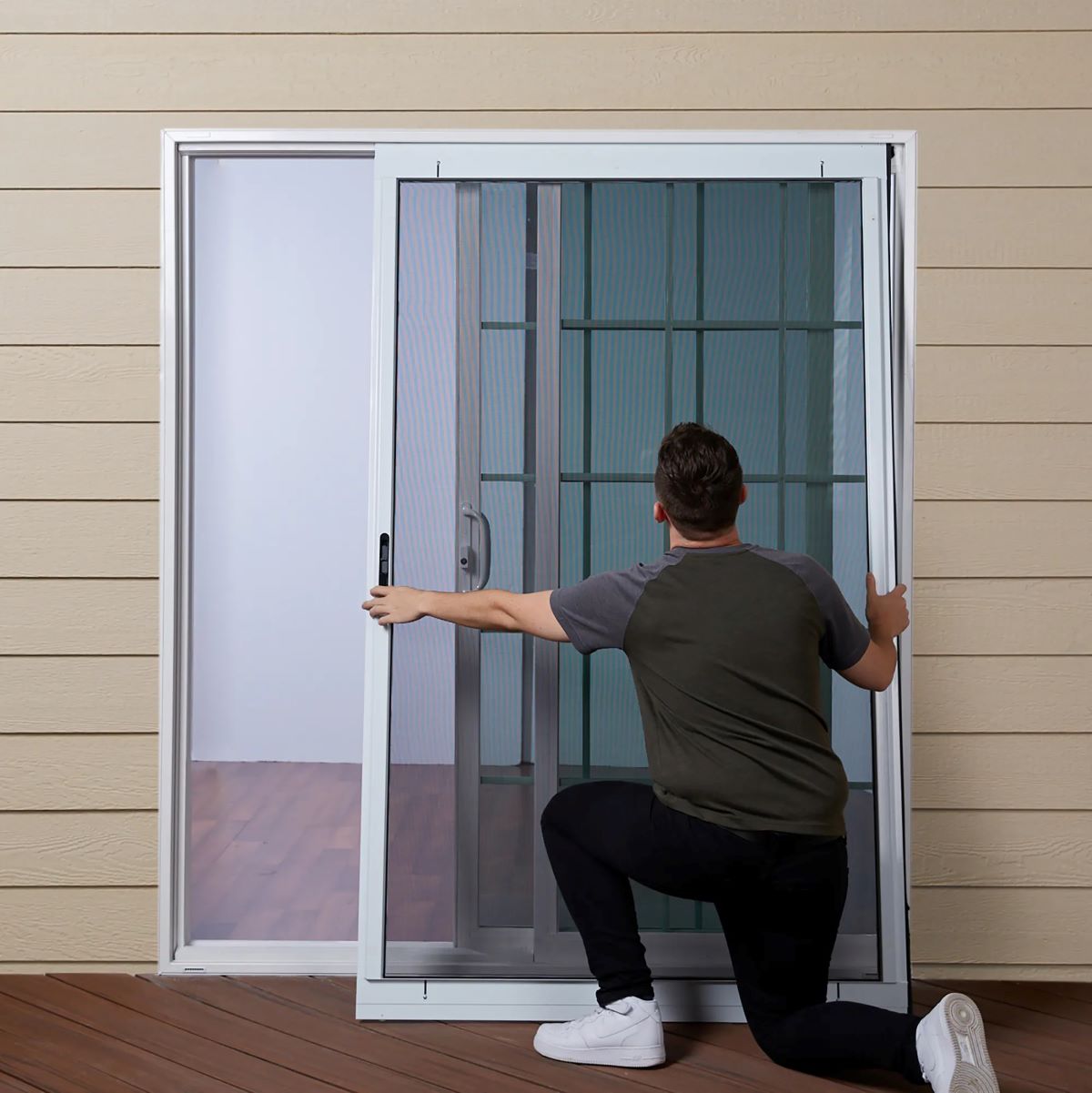

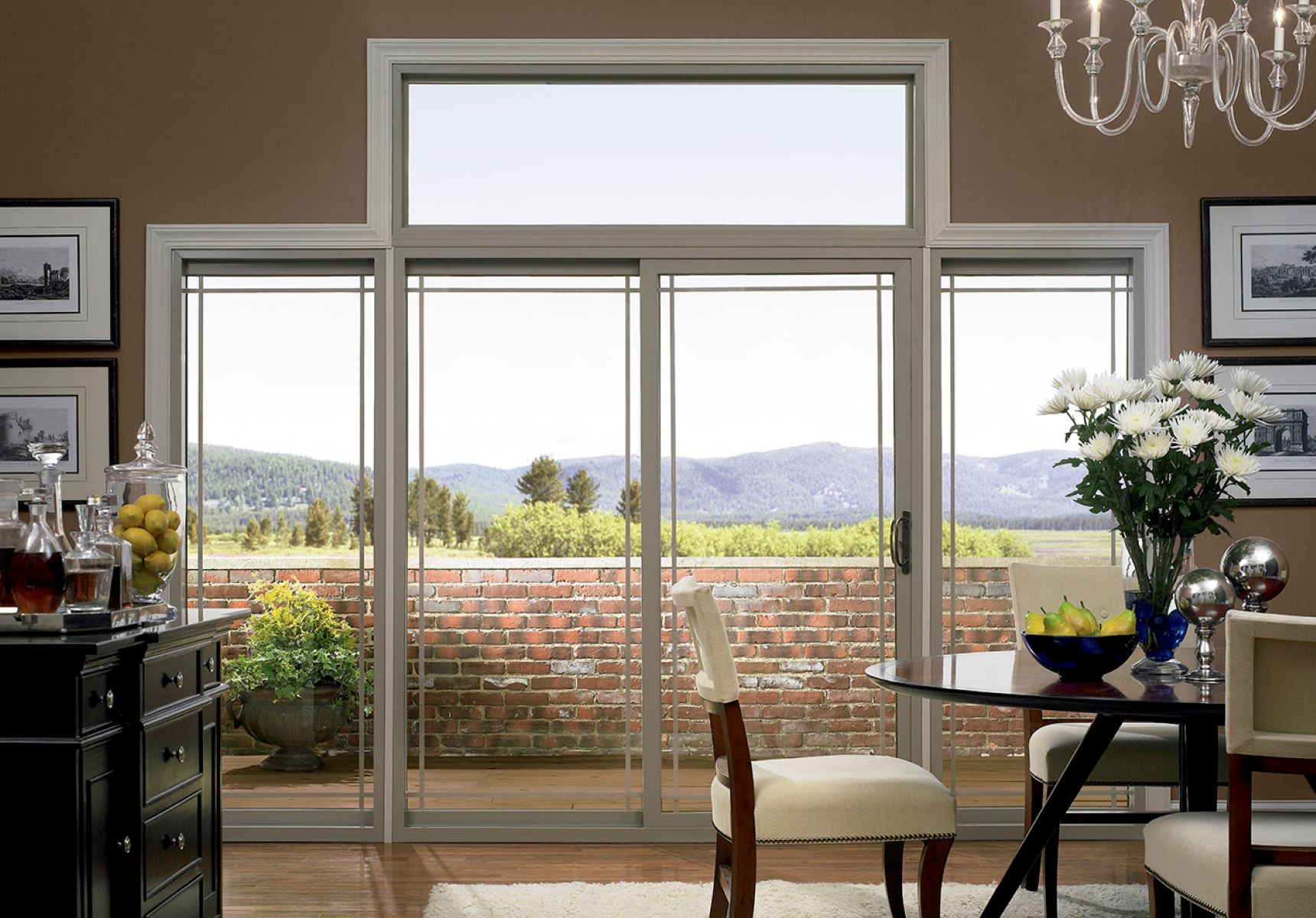
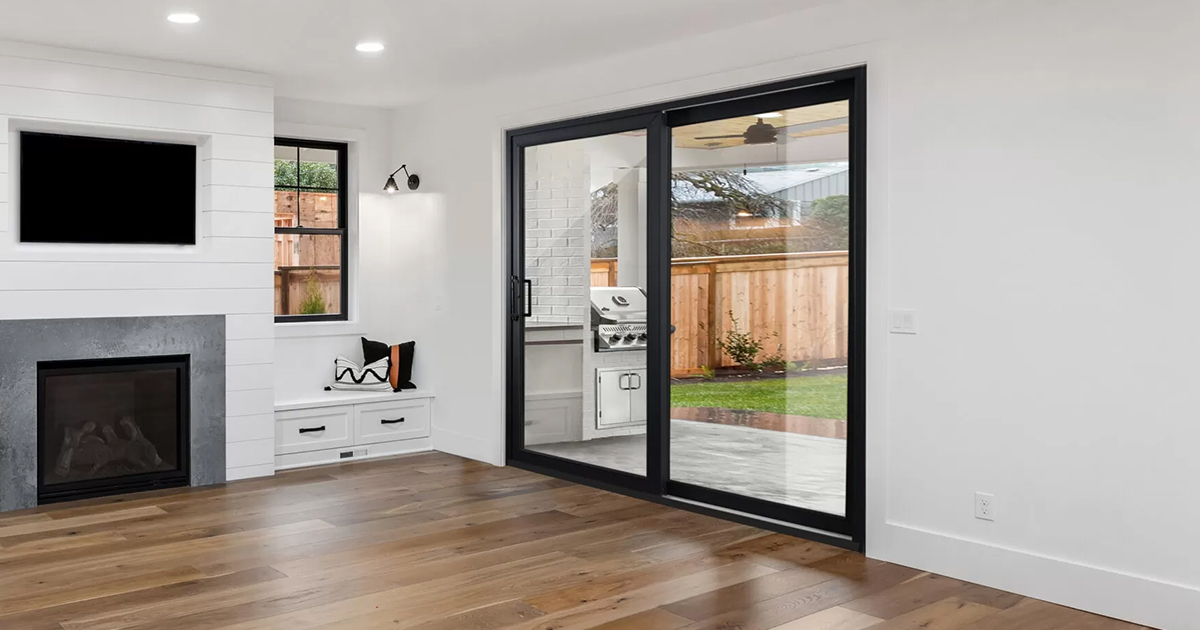
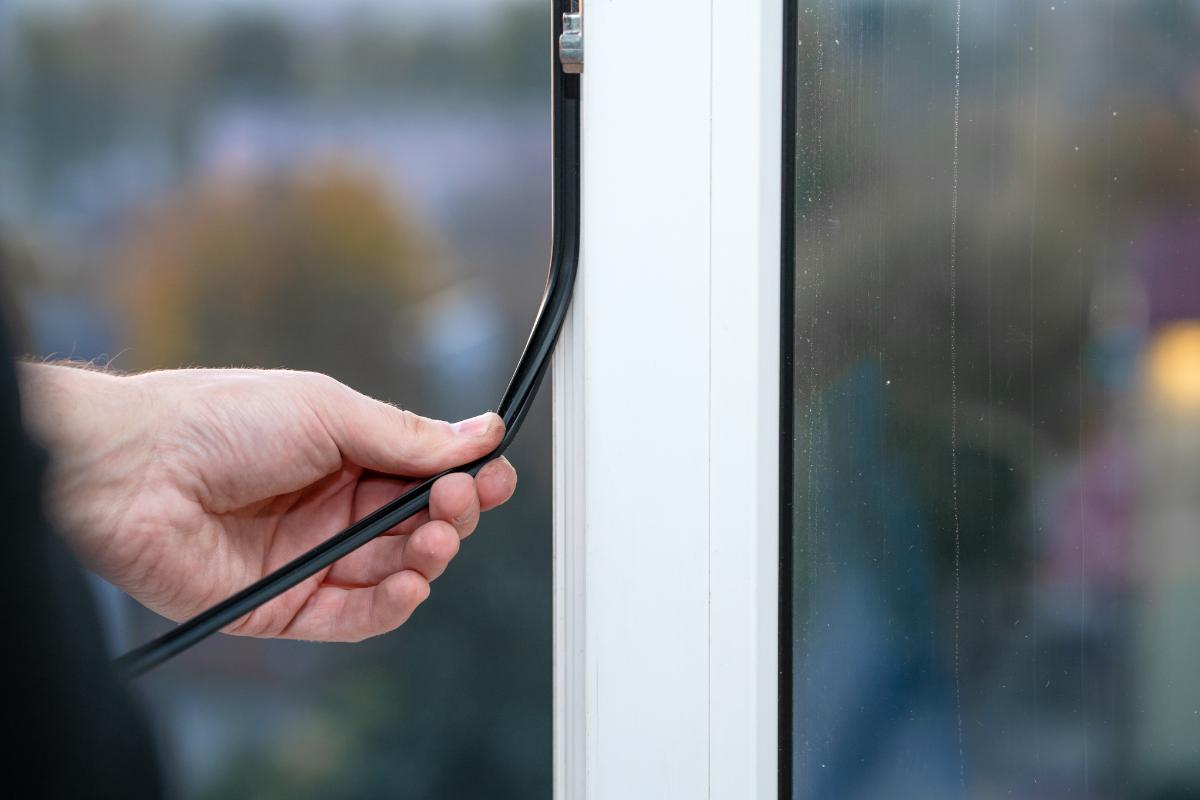

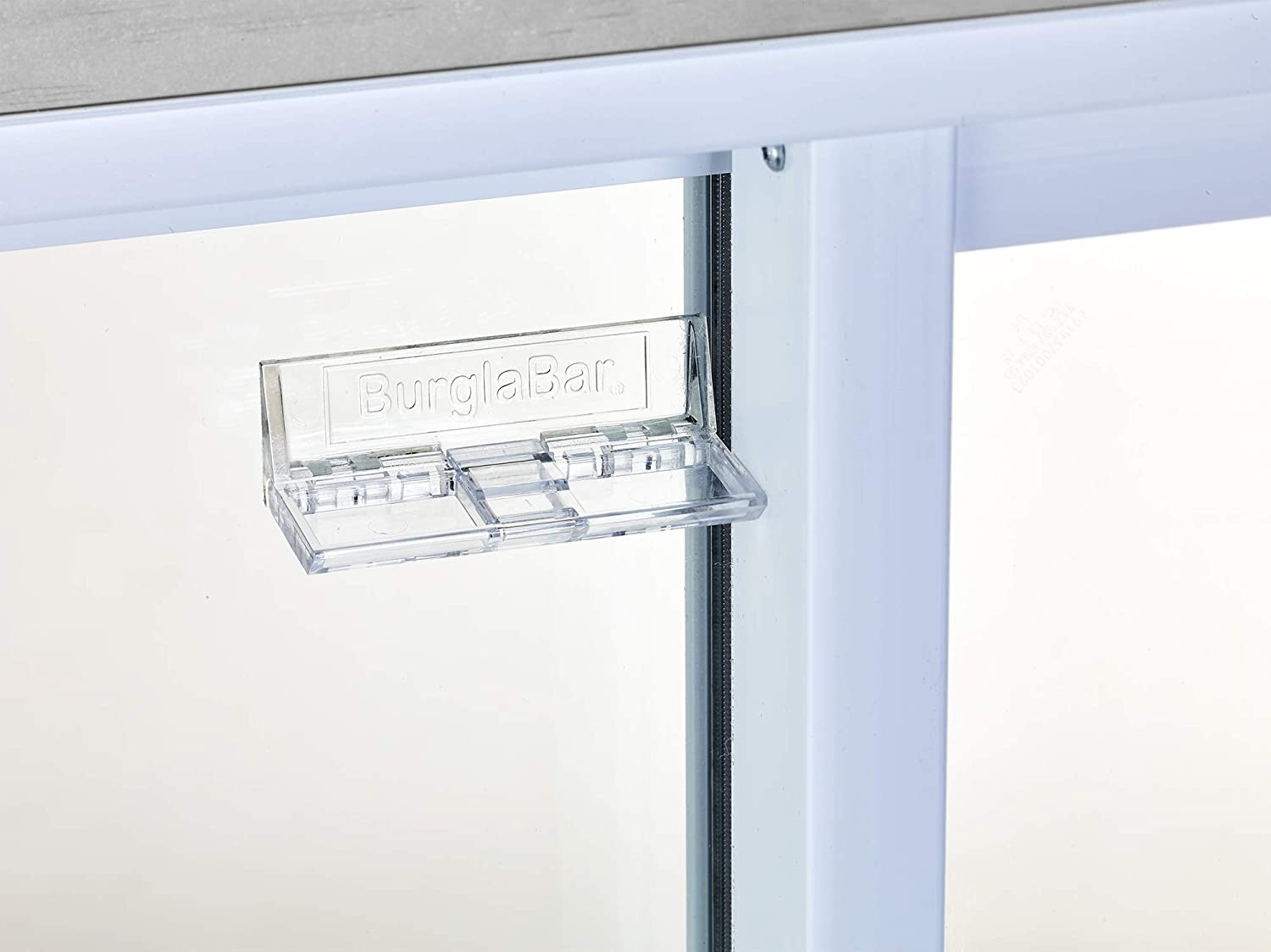
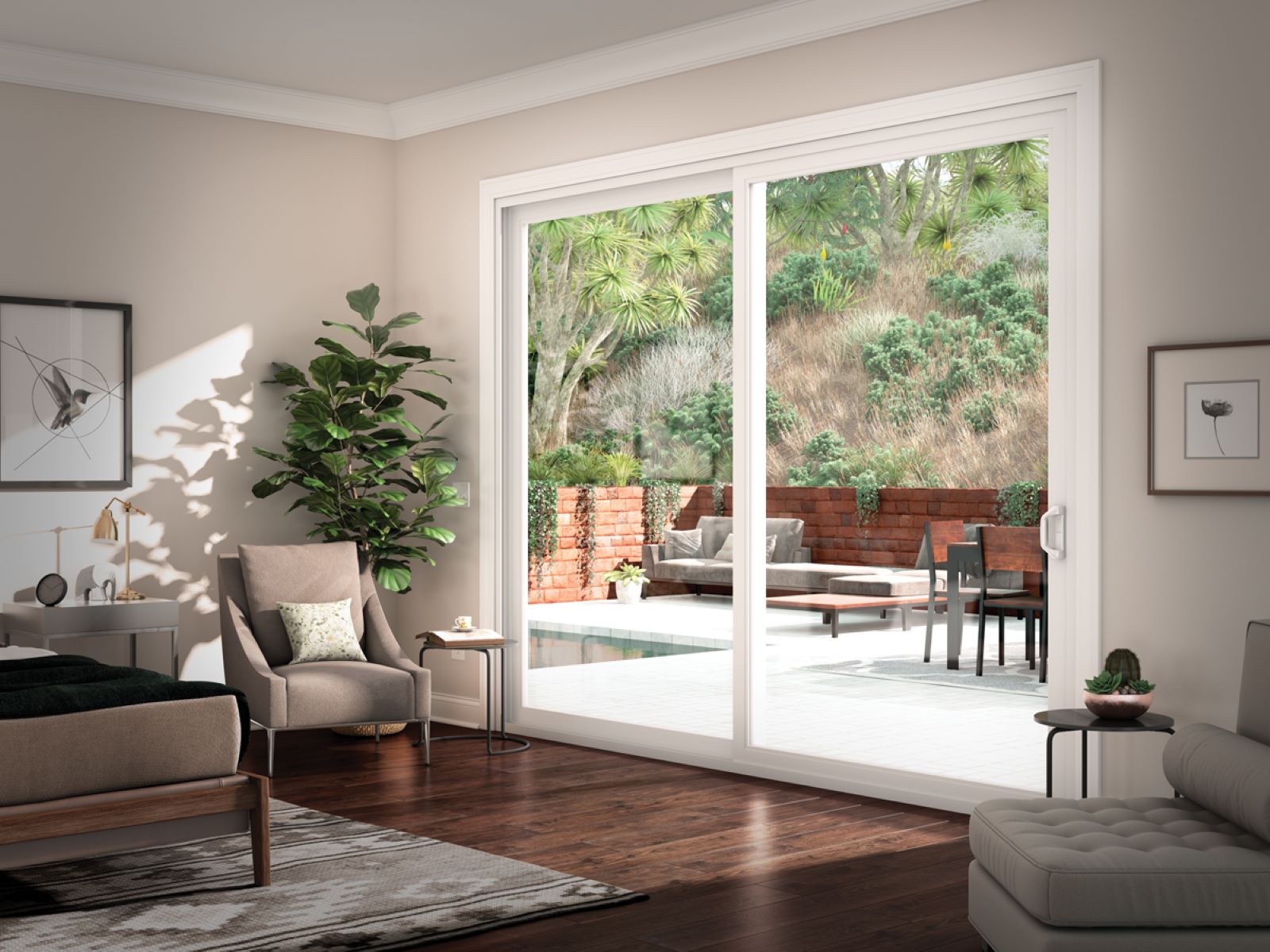

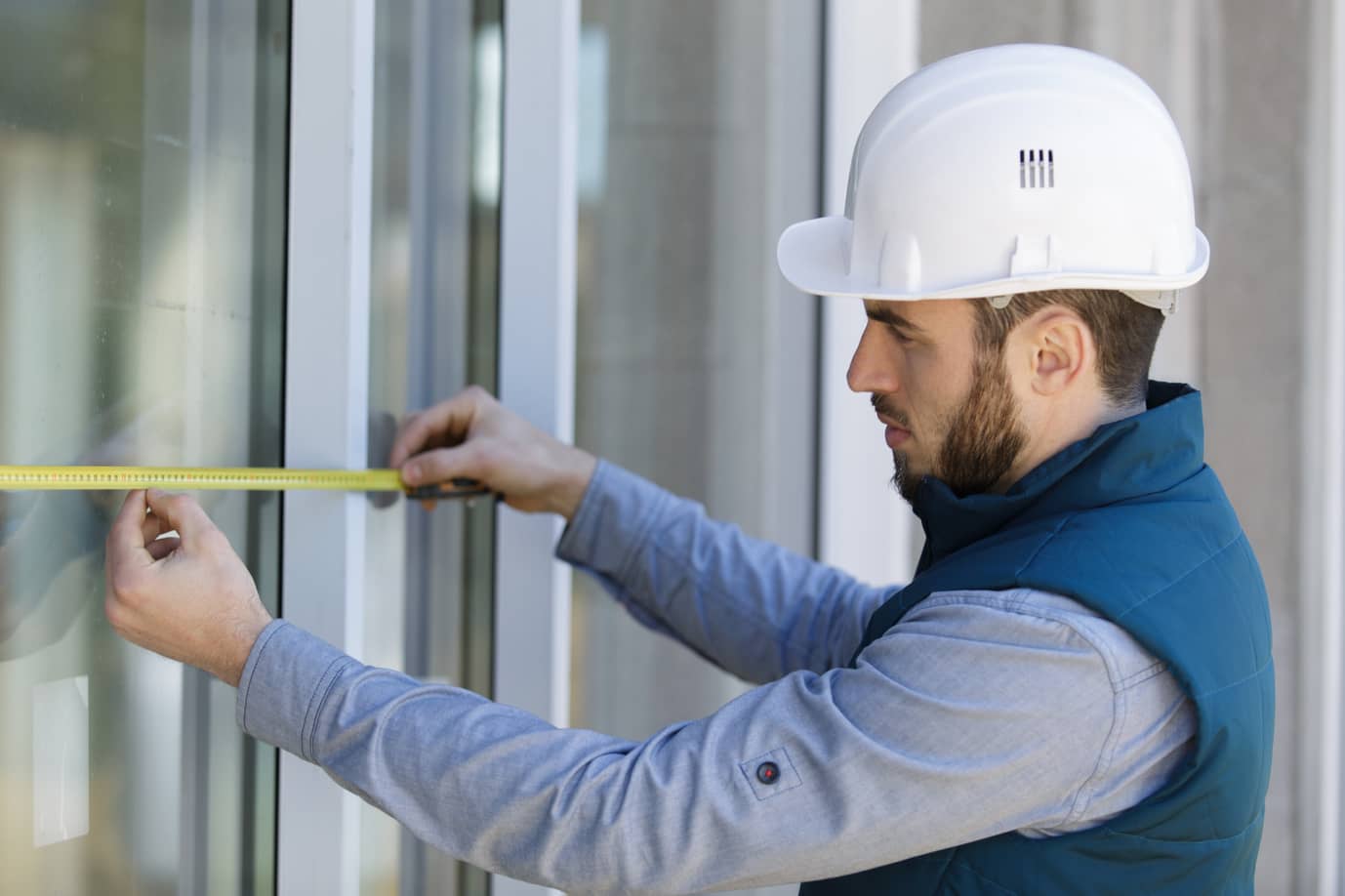

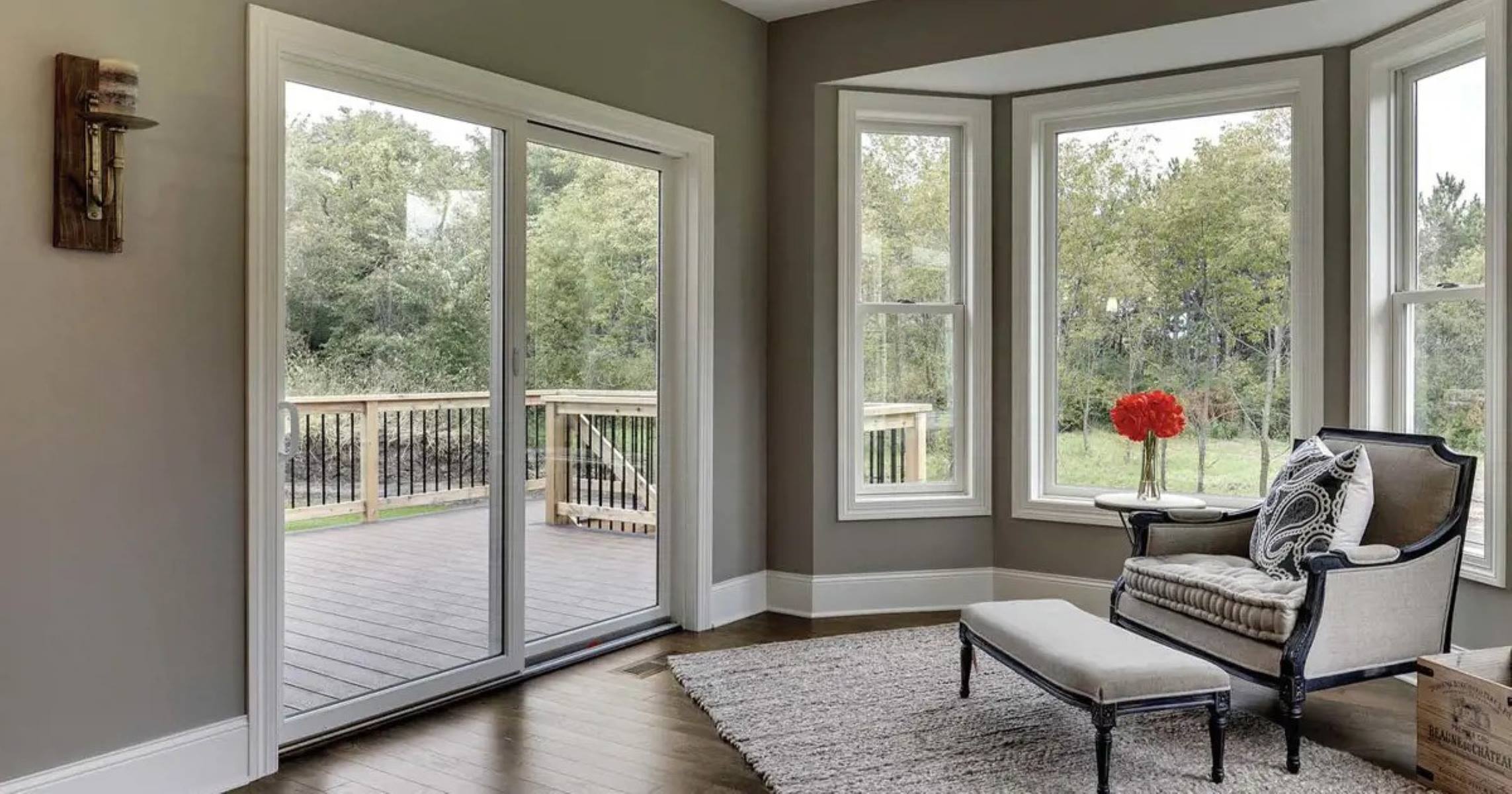
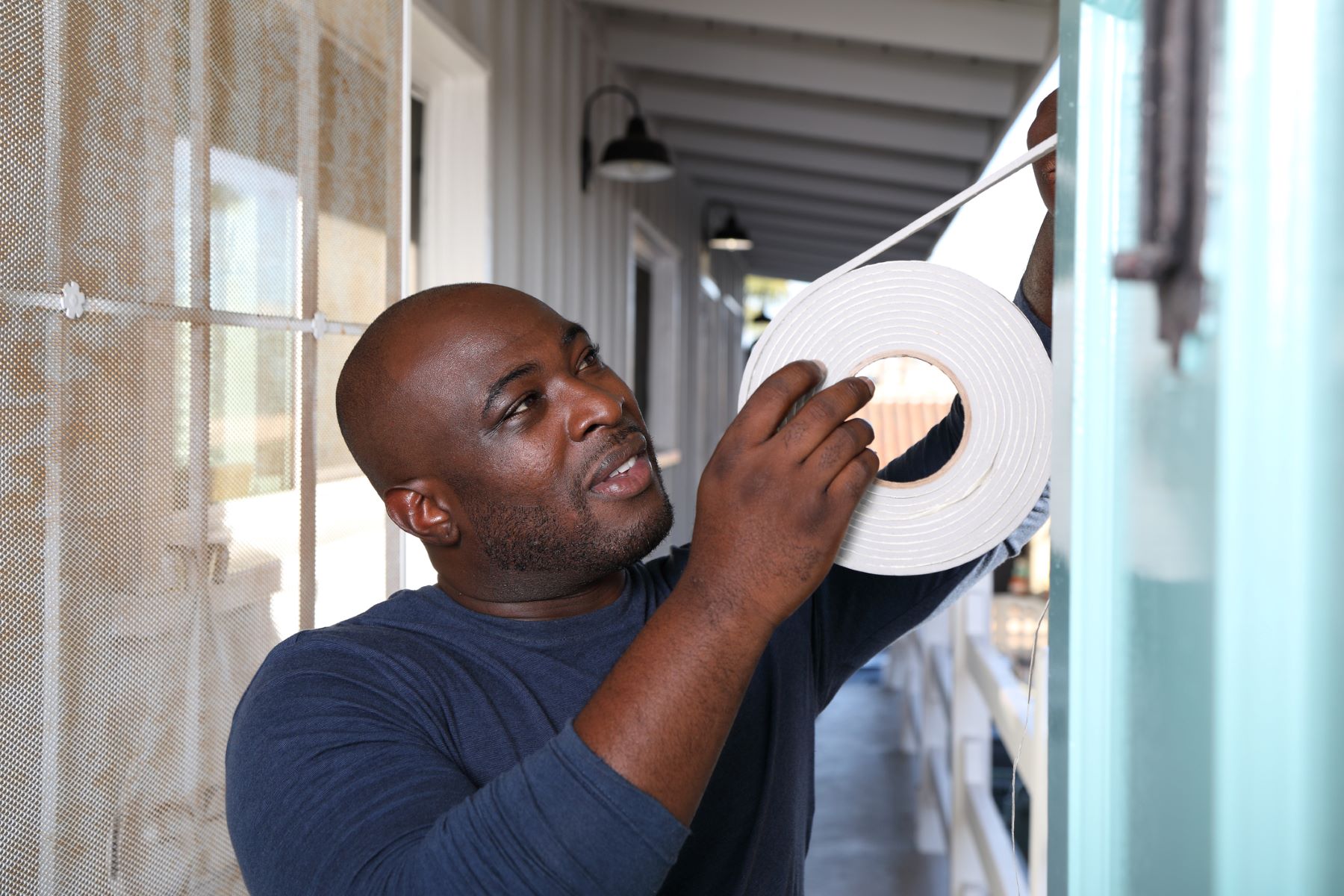

0 thoughts on “How To Lube A Sliding Glass Door”